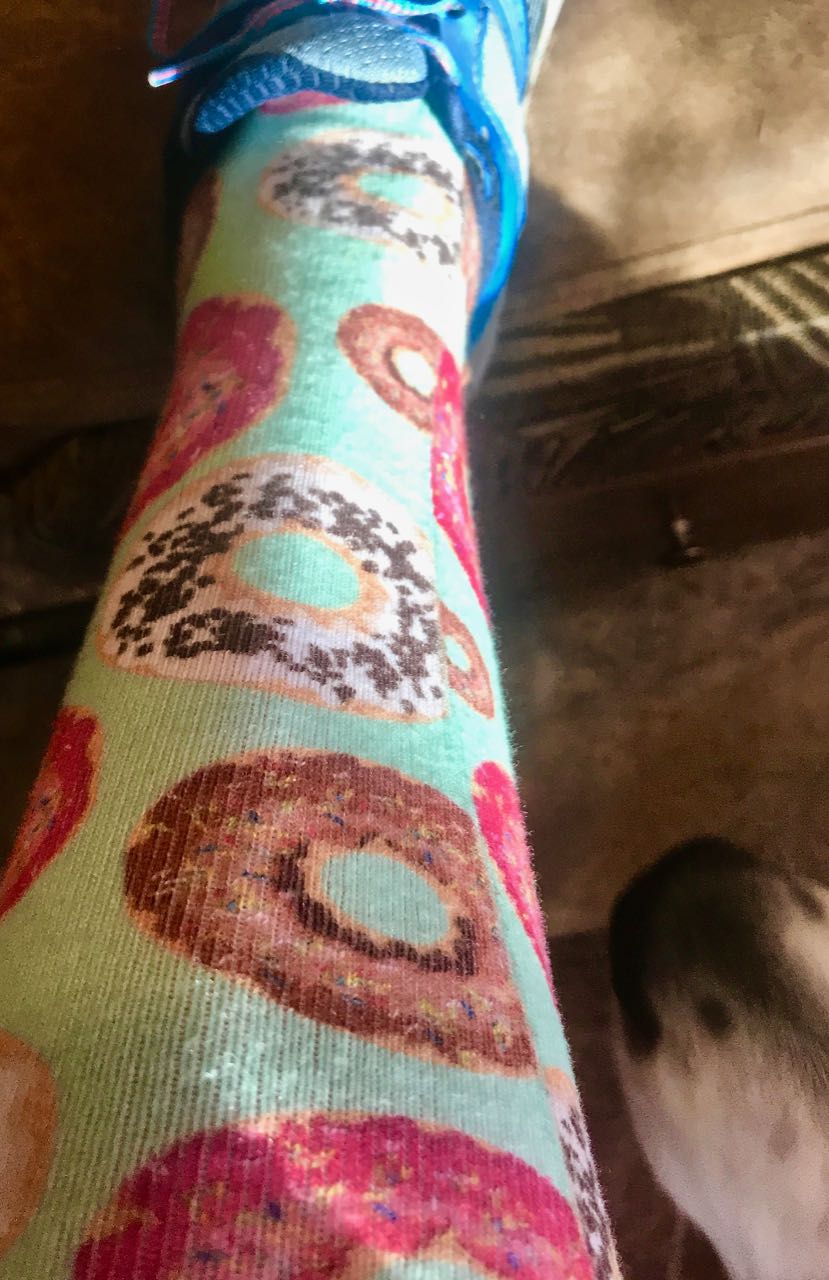A friend of mine shared that she thought surgical inseminations were the only option with frozen — I suspect she is not alone in this thinking.
Frozen semen is compromised semen. That whole experience of being flash frozen and kept at almost 300 degrees below zero would put anyone off their game. Sad but true — frozen semen are resurrected to live only 12 - 24 hours.
This means there is no time to waste on long distance travel — semen need to arrive at the party pronto! In other words, they need a lift to the uterus — a sort of Uber for sperm.
One method to transport the semen is to surgically implant it in the uterus. This is a relatively simple procedure but yes, one should not ignore potential anesthesia and surgery risks. Further, you get one shot so the timing better be good — one would not do repeated surgical implants.
Transcervical insemination (TCI) involves using a scope to go through the cervix, depositing the semen in the uterus via a catheter. This is an easy procedure when done by an experienced veterinarian, requiring no sedation and very little risk. Unlike a surgical insemination, multiple TCIs in a cycle are possible.
I have been exploring the professional literature to compare methods and guess what? There is ZERO advantage to doing surgical implants when comparing pregnancy rate. None. In fact, the advantage goes to TCI.
Mason and Rous (2014) compared TCI and surgical implant for frozen semen; pregnancy rates were significantly higher in the TCI group.
Hollinshead and Hanlon (2017) completed an impressive study of various aspects of canine reproduction, including a comparison of pregnancy rates between TCI and surgical implant; they found no difference in pregnancy rates between the two methods.
Send me an email if you want a PDF of this article — it is a good one.
TCI and surgical implant deliver semen to the same place, prompting Hollinshead and Hanlon (2017) to observe, “theoretically there should be no difference in whelping rate between the two techniques, as the site of deposition is the same i.e. intrauterine” (p. 69). Their findings confirmed this.
Therefore, one might ask: If the same results can be achieved using a non-invasive procedure with much less risk (TCI), why are surgical implants being done at all?
Interesting.
What does impact pregnancy rates in both methods of intrauterine deposit is semen quality. That is not really a surprise, is it?
What the professional literature does not address is the potential increase of pregnancy rates when variables such as Lucky Socks and donuts are components of the protocol. Isn’t that shocking?!
I was set for yesterday’s TCI — I had the Lucky Socks…
Thanks, Suzanne! Extra Lucky because they were a gift.
Lincoln had his Lucky Shirt…
To increase the Good Luck, I added more Donuts.
I took this dozen to the vet — she has gone above and beyond for us (more on that tomorrow).
Aren’t they pretty?!
The timing is perfect, the semen quality is excellent, we are using the preferred method of Uber for frozen sperm, our veterinarian is a Super Star, and we have both donuts and Lucky Socks involved — oh, and Unicorns…
Berkeley has a bandage from her blood draw — the genetic tests were approved by insurance and are underway.
I think we are giving Sparklers 2.0 every advantage — but we need all the good thoughts and wishes and luck today as well. Thank you for being part of our team. #sparklers2.0





